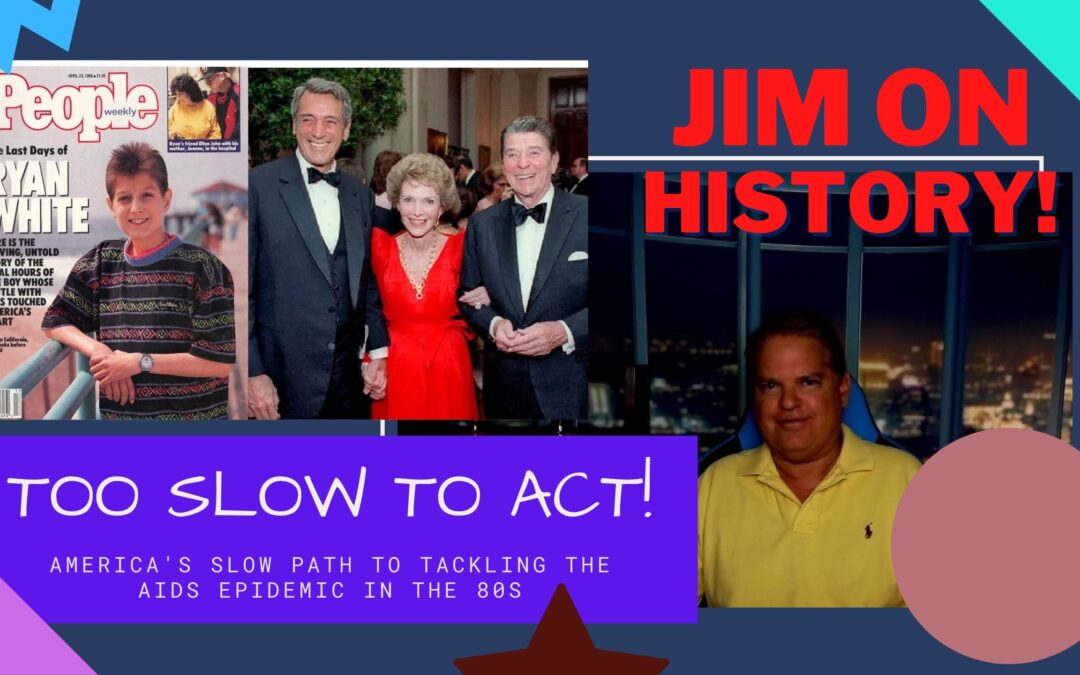In the 1980s, the outbreak of HIV and AIDS swept across the United States and rest of the world, though the disease originated decades earlier.
Though the CDC discovered all major routes of the disease’s transmission—as well as that female partners of AIDS-positive men could be infected—in 1983, the public considered AIDS a gay disease.
It was even called the “gay plague” for many years after.
When the HIV/AIDS epidemic began in the 1980s, the Reagan administration’s response was slow and silent.
When Ryan White, a junior high student, was diagnosed with AIDS in 1984, he was banned from public school.
President Reagan offered a cryptic message, when referencing the need for more government-led prevention efforts, he said: “…when it comes to preventing AIDS, don’t medicine and morality teach the same lessons?”
White had contracted AIDS through a blood transfusion.
His expulsion from his Indiana school and the ensuing eight-month battle to get him readmitted made the local news and soon after, the national media.
In 1985, actor Rock Hudson, a personal friend of the Reagan’s, became the first high-profile fatality from AIDS.
By the end of 1985, there were more than 20,000 reported cases of AIDS, with at least one case in every region of the world.
In 1987, after tens of thousands of deaths, the first antiretroviral medication for HIV, azidothymidine (AZT), became available.
WATCH: Jim on History – Too Slow To Act
